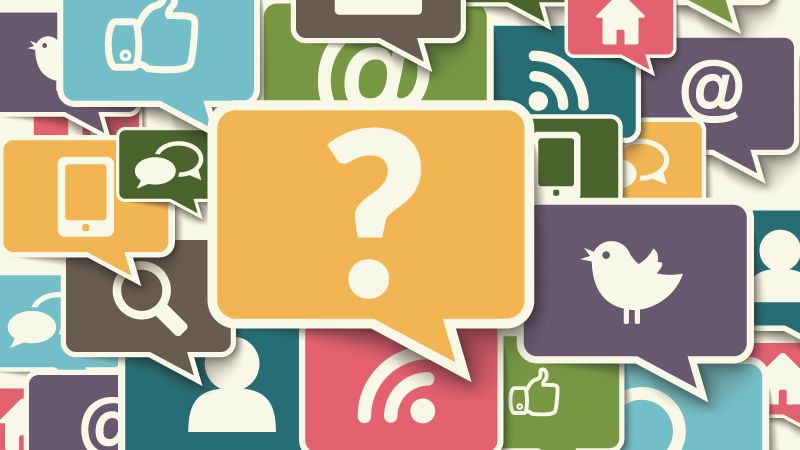Once you've constructed your well-designed, responsive website, your users need to be able to spread the word about what they find there. Providing social media buttons is the basic method of encouraging people to share your content with their social media networks, and it's important to understand the best practices for posting these buttons. Here is an overview of social media buttons, to help you get started:
Know the difference between following and sharing
X / Twitter, Facebook, LinkedIn, Google+ and Pinterest all offer plug-ins that allow you to post "follow" and "share" buttons on your site. Third-party plug-ins are also available, to make the posting process super-simple.
"Follow" buttons are about you or your business as an entity, and they are intended to increase the number of fans or followers on your social media accounts, by allowing your website visitors to join the ranks. Current web design trends dictate that these buttons should be on your site's home page, your "About us" page, and the homepage of your blog.
"Sharing" buttons, on the other hand, provide a way for your site's users to instantly share an individual piece of your site's content with their own social network. When you create appealing content that users want to share, they're able to follow through on that impulse right away if you offer a social sharing button right on the same page. Sometimes the buttons will appear above the first line of text, and sometimes they are shown in the sidebar. Any email, landing page, blog post, video or article should include these buttons.
Button placement matters
Some site-owners find it helpful to post sharing links one-quarter of the way down the page of content. Other people find that their traffic improves when they offer the sharing buttons at the top of the page, or in a scrolling plug-in located in a sidebar. Even though it would seem as if locating buttons at the end of content would be logical (since you'd share after reading), analytics show that putting them at the end of content actually results in the fewest "Shares". You can use analytics provided by the social media platform or your own website dashboard to keep track of how many "Likes," re-tweets and re-pins resulted from each button position that you test.
Don't link to inactive accounts
You may have started out with profiles on every social media platform, but then settled on one or two that are the best fit for your website's personality and your target audience. If you spend time every day on X / Twitter and Pinterest, but haven't updated your Facebook page in the past four weeks, then be sure you're only posting buttons that link to your X / Twitter and Pinterest accounts. Also, keep in mind that users are likelier to click on a social media button if it is presented in a group of only two or three, rather than in a whole forest of different options.
Keep your buttons updated
The big social media platforms periodically update their logos and icons, and the terminology sometimes changes as well; "Fans" became "Likes" on Facebook a few years ago, for example. Even though the changes may be subtle, users notice icons that look stale and these will affect the image of your brand. To build trust in your business, be sure you are displaying the latest version of every social media icon. This is the type of small detail that contributes to your website's personality, and it's an easy design element to keep track of.
Start Sharing Today
Adding social media buttons is a basic element of web design, and after you have the buttons in place you'll see more traffic in all your brand's locations on the web. Use our 2 Joomla Extensions to easily acomplish this: Easy Social Icons ($9) and Share It ($15). Both are included in our Extension Clubs, available in 6 mo ($28) and 12 mo ($40) - - both are non-recurring memberships.

